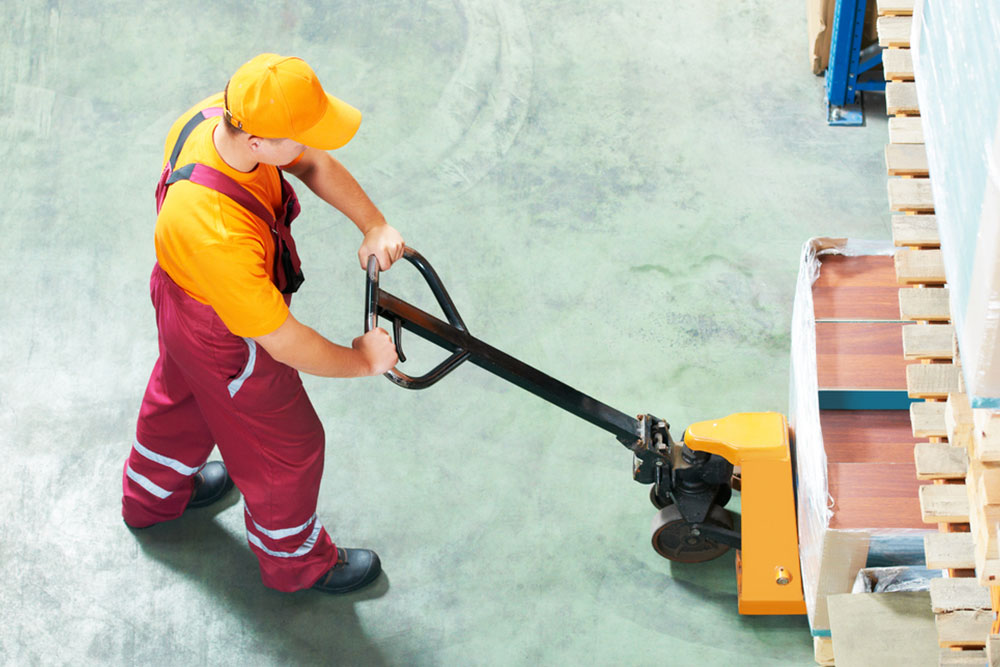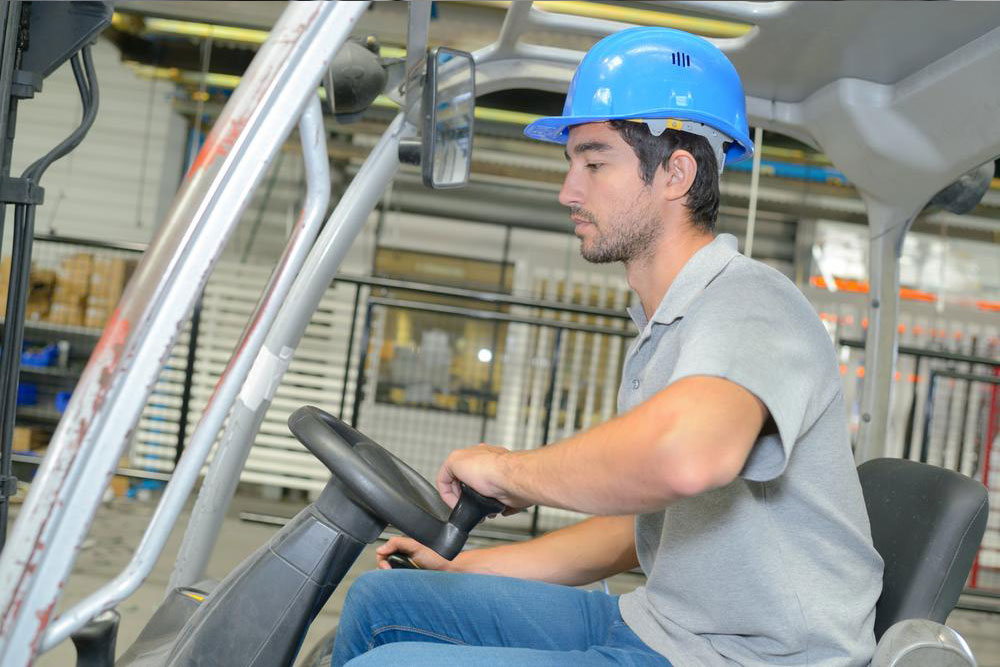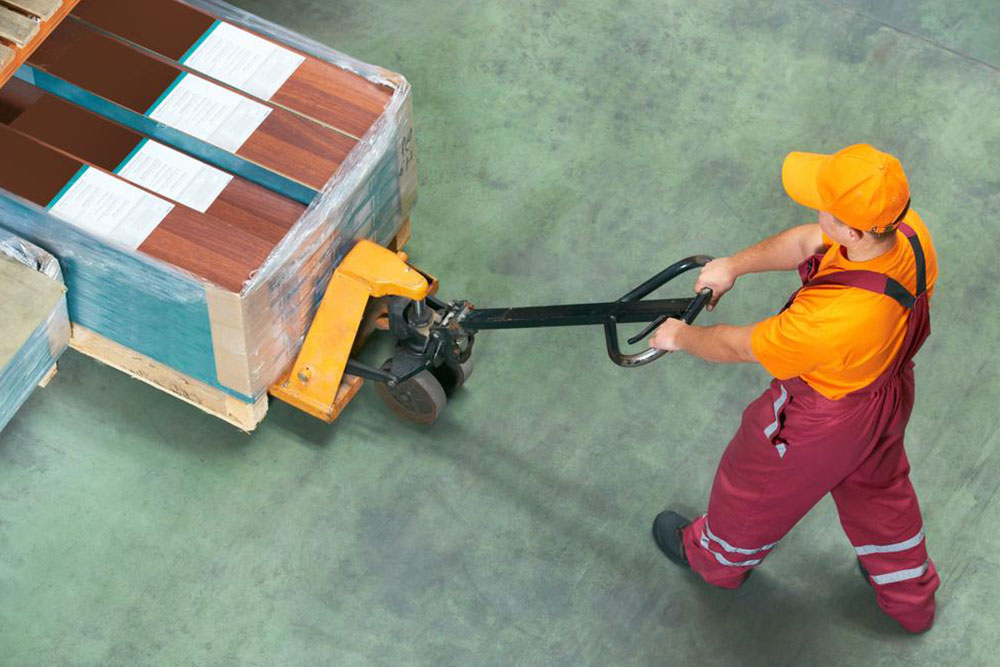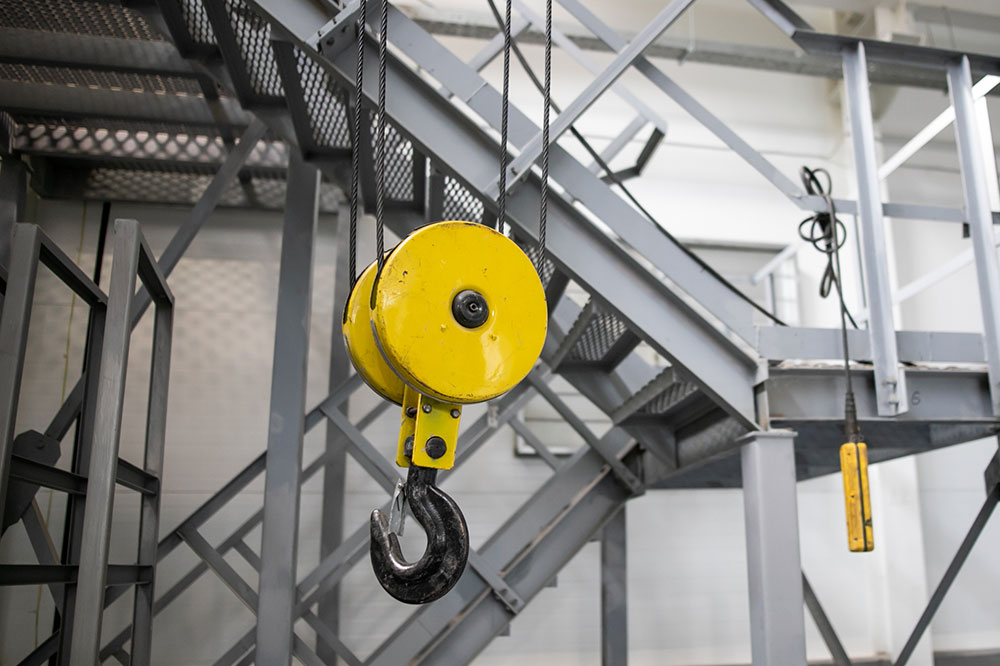Essential Guide to Warehouse Lifting Equipment: Types and Cost Factors
This article provides an in-depth look at warehouse lifting equipment, including different types such as gantry, jib, bridge, workstation, and monorail cranes. It discusses their features, purpose, and factors influencing their prices. Designed for warehouse managers and industry professionals, the guide helps in understanding equipment options and cost considerations for efficient material handling and safe operations.
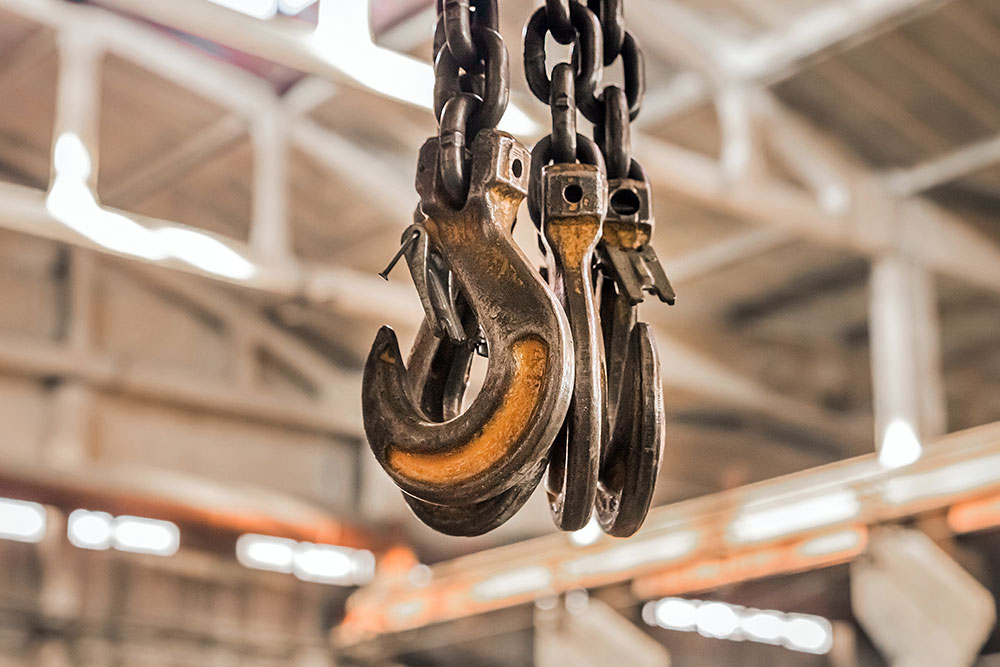
Comprehensive Overview of Warehouse Lifting Machinery: Varieties and Price Influencers
Warehouse lifting equipment are crucial tools used across various sectors. They enable the safe elevation of heavy items such as pallets and boxed goods to storage or processing levels. Facilities with tall storage racks rely on these lifting devices to streamline loading and unloading tasks. In daily warehouse activities, such machinery ensures efficient movement and handling of cargo.
About Warehouse Lifting Devices
A lifting device is engineered with mechanisms that facilitate the transport and manipulation of heavy materials within a warehouse environment.
Various types of lifting machinery exist, each tailored for specific operational needs. Their features vary based on the mechanism—some utilize ropes, chains, or hoists for vertical lifting, while others can be customized to meet specific warehouse layouts. The capacity of these devices ranges typically from 115 kg to approximately 6800 kg, depending on their design and purpose. Most warehouses deploy multiple units to maintain smooth restocking and minimize worker injuries.
Common Types of Warehouse Lifting Equipment
The industry predominantly relies on six types of lifting devices, each suited for different operational demands. Depending on the warehouse layout and load requirements, any of these can be effectively utilized.
Gantry Cranes
Known also as portal cranes, gantry cranes have a movable, stand-alone base, often available in various sizes. While smaller variants are popular among hobbyists and mechanics, larger models are used in warehouses for lifting slightly heavier loads. Their cost correlates with size, with bigger models commanding higher prices. Common types include adjustable, portable, and track-mounted gantries. Adjustable gantries are ideal for navigating aisles and obstacles; portable units assist in relocating heavy machinery; track-mounted cranes handle extensive lifting tasks across fixed paths.
Jib Cranes
Typically found at construction sites, jib cranes are fixed, often floor-mounted with a rotating arm capable of 180° to 360°. Some models are wall-mounted. They are user-friendly, offer good lifting capacity, and are cost-effective. However, they are less flexible than other crane types, limited to short-distance transport of materials.
Bridge Cranes
Featuring customized runways supported by warehouse infrastructure, bridge cranes can span entire facilities or occupy limited areas. They have a hoist that moves horizontally across the bridge, enabling the transfer of heavy loads. Variants include top-running, under-running, single/double girder, and process cranes. Their size and lifting power make them among the most expensive options.
Workstation Cranes
Designed for ergonomic operation, these cranes facilitate lifting and positioning tasks with minimal effort, perfect for smaller work areas. Modular in design, they are easy to install and suitable for lighter loads ranging from 70 kg to 2 tons. They enhance efficiency in repetitive tasks and cargo placement.
Monorail Cranes
Moving along fixed rails, monorail cranes operate much like elevated conveyor systems. They can follow curved paths, making them suitable for assembly lines and continuous material handling within warehouses.
Cost Factors for Warehouse Cranes
The total expense of warehouse lifting equipment depends on several elements. The crane type significantly impacts cost: smaller gantry cranes are less costly than large bridge cranes. Additional factors include the lifting height, the length of runway tracks, lifting capacity, duty cycle (operation frequency), structural installation nuances, warehouse environment, runway span, and crane speed.
Note:
This blog offers diverse insights into industrial equipment, using research and data to inform readers. However, it should not replace professional consultation or detailed project analysis. We are not responsible for data discrepancies or missed opportunities across other platforms, and some offers or schemes may vary or be unavailable.

